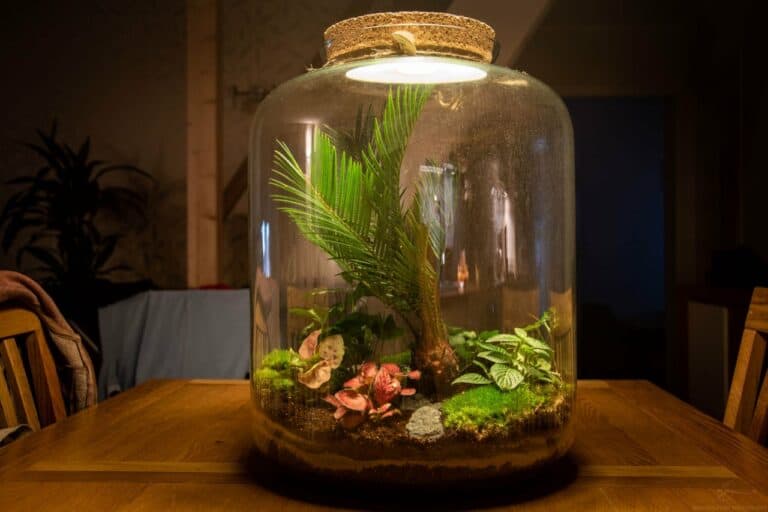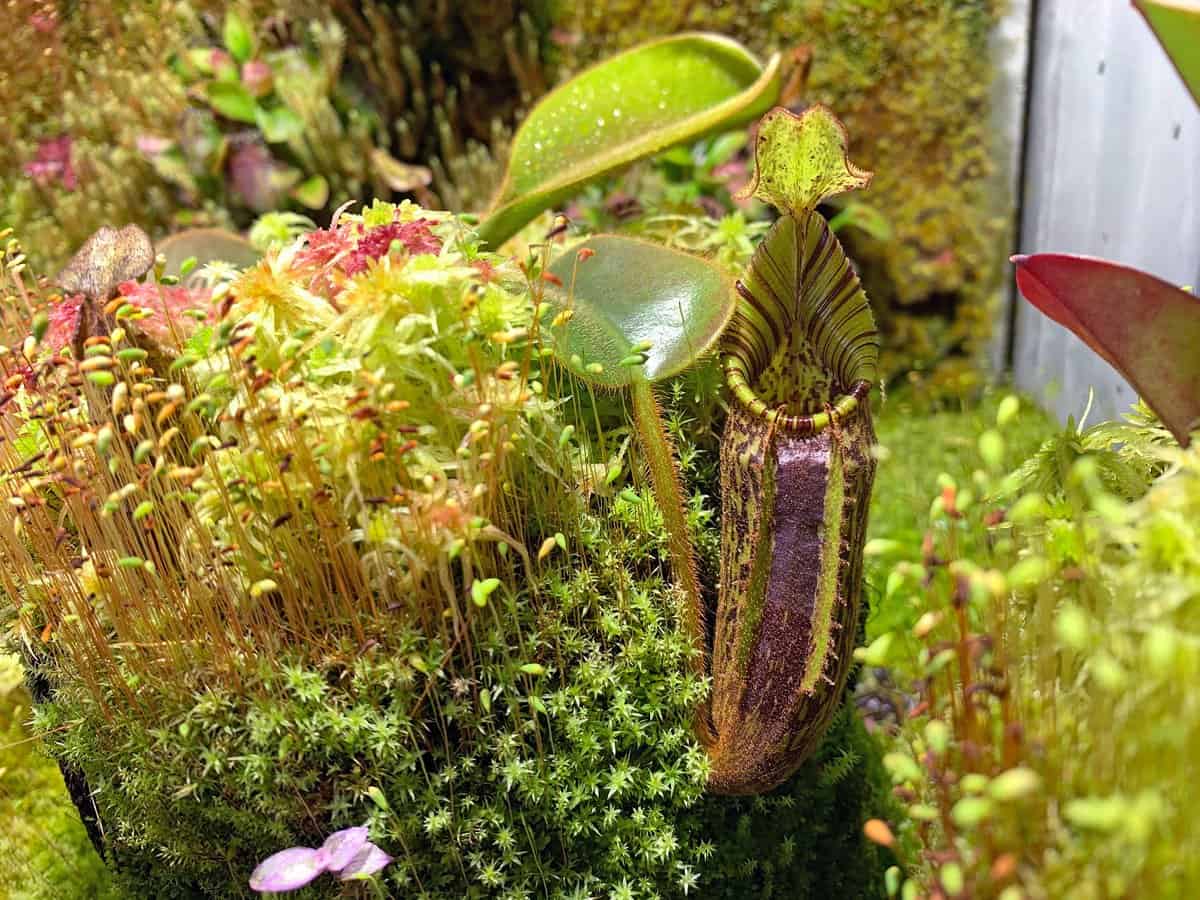In the hustle and bustle of modern life, bringing a touch of nature indoors can be incredibly refreshing. Terrariums, those enchanting glass-enclosed gardens, offer a captivating way to achieve this. These miniature ecosystems not only add a touch of greenery but also create a calming and visually appealing ambiance in your home.
Whether you’re a seasoned plant enthusiast or a beginner, this guide will explore the allure of terrariums, the different types you can create, and essential tips for keeping your miniature garden thriving.
Why Terrariums?
- Low Maintenance: Terrariums are relatively low-maintenance compared to traditional houseplants, making them perfect for busy individuals or those new to plant care.
- Aesthetic Appeal: With their intricate designs and diverse plant life, terrariums become living works of art that enhance any space.
- Air Purifying: Certain terrarium plants, like ferns and mosses, can help purify the air by absorbing toxins.
- Stress Reduction: Studies have shown that interacting with nature, even in miniature form, can reduce stress and improve mood.
Types of Terrariums:
- Closed Terrariums: These self-sustaining ecosystems create a humid environment, perfect for moisture-loving plants like ferns, mosses, and certain tropical varieties. They require minimal watering and maintenance.
- Open Terrariums: These offer more flexibility in plant choices and are suitable for succulents, cacti, and air plants that prefer drier conditions. Open terrariums require occasional watering and allow for more creative arrangements.
- Themed Terrariums: Let your imagination run wild by creating themed terrariums. Popular options include desert landscapes, miniature forests, and whimsical fairy gardens.
Creating Your Terrarium:
- Choose Your Container: Select a glass container with a lid (for closed terrariums) or an open top (for open terrariums). Consider the size and shape that best fits your space and aesthetic.
- Drainage Layer: Add a layer of pebbles, gravel, or activated charcoal to the bottom for drainage, preventing root rot.
- Soil Mix: Use a well-draining potting mix specifically designed for terrariums or create your own blend.
- Plant Selection: Choose plants that thrive in similar conditions and have compatible growth habits. Popular terrarium plants include ferns, mosses, succulents, cacti, air plants, and Pilea peperomioides (Chinese Money Plant).
- Planting: Gently remove plants from their pots, tease out the roots, and plant them in the terrarium soil. Arrange them aesthetically, leaving some space for growth.
- Decorate: Add decorative elements like rocks, moss, miniature figurines, or other ornaments to personalize your terrarium.
- Watering: Lightly mist the plants and soil with water. Closed terrariums rarely need additional watering, while open terrariums require occasional watering.
Maintenance Tips:
- Light: Place your terrarium in bright, indirect light. Avoid direct sunlight, as it can scorch delicate plants.
- Watering: Monitor moisture levels and water only when the soil is dry to the touch.
- Pruning: Trim any overgrown plants to maintain the desired shape and prevent overcrowding.
- Cleaning: Wipe down the inside of the glass to remove condensation or algae buildup.
Conclusion:
Terrariums offer a unique and fulfilling way to bring the beauty of nature into your home. With a bit of creativity and care, you can create a miniature garden that not only enhances your living space but also provides a calming retreat from the stresses of daily life.
Originally posted 2024-07-01 14:10:16.


